Below you can find an extensive list of Kazakh animals. We currently track 229 animals in Kazakhstan and are adding more every day!
Kazakhstan is a large landlocked country in Central Asia. It shares borders with Russia, China, Kyrgyzstan, Uzbekistan, Turkmenistan, and the Caspian Sea. It doesn’t share a direct border with Mongolia, but it’s very close. The climate of Kazakhstan is considered extreme continental with very cold winters and hot summers. It’s also a generally arid land with most places varying between semi-arid and arid. Some common animals in Kazakhstan include the Corsac fox, the Eurasian lynx, Pallas cat, snow leopard, and Saiga antelope.
Official National Animal
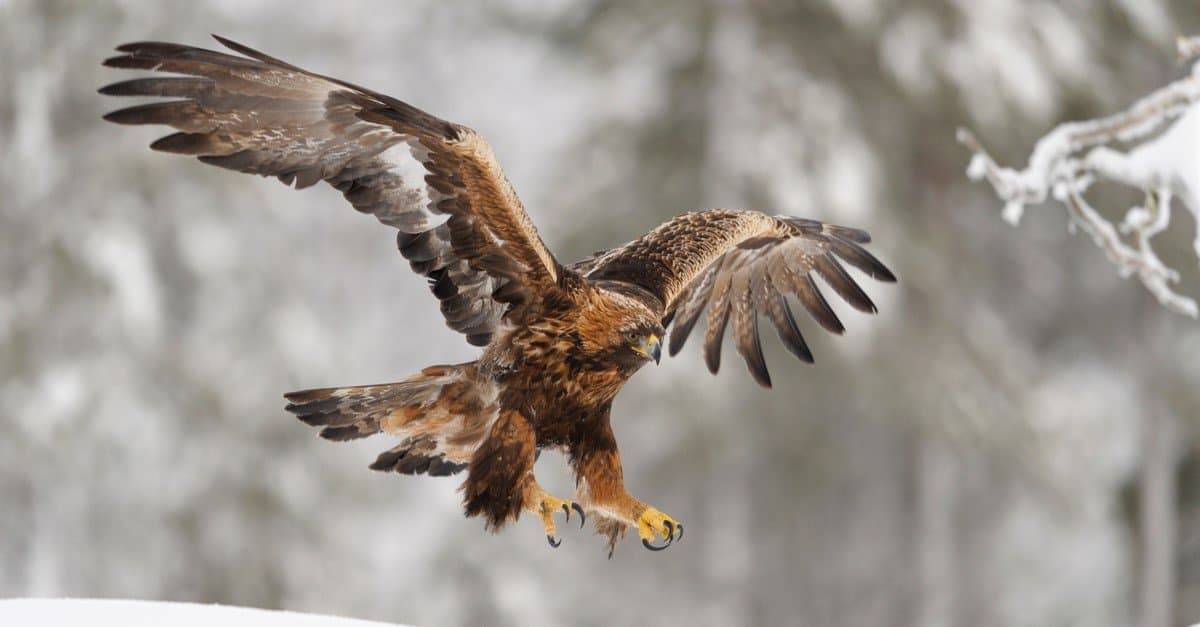
The national animal of Kazakhstan is the golden eagle, which is one of the largest raptors in the world.
©Vladimir Kogan Michael/Shutterstock.com
The official national animal of Kazakhstan is the golden eagle, which is also known by its scientific name of Aquila chrysaetos. The golden eagle is one of the largest raptors in the world. The average weight of female eagles is 11 pounds, and male eagles weigh just under 8 pounds. These eagles can live as long as 30 years in the wild. They live throughout Kazakhstan in deserts, tundra areas, and forests.
Where To Find The Top Wild Animals
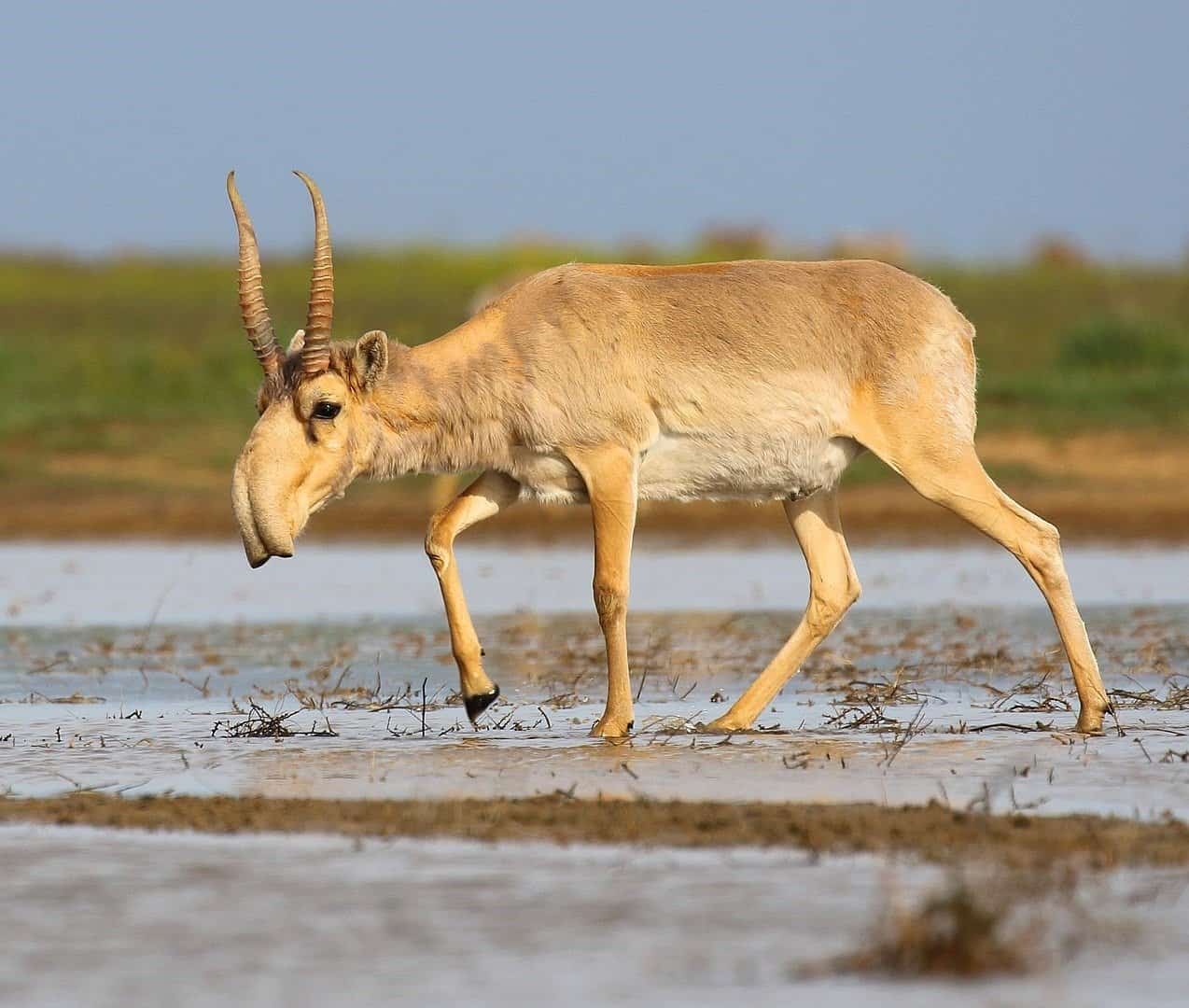
A saiga is unique because of its large, flexible nose, which acts as a filter to keep out dust in the summer and warm up freezing air in the winter.
©Andrey Giljov / CC BY-SA 4.0 – License
Kazakhstan is home to a wide variety of animals. Part of Kazakhstan is in Europe and another part is in Asia. The terrain is largely treeless with abundant desert and steppe, although it borders the Caspian Sea. Different animals live in different terrain. For example, snow leopards and Eurasian lynxes live in the mountains and taiga forests. Foxes and the Saiga antelope are found in the steppes. The golden eagle lives in forests as well as the steppes and open grassland.
- Saiga antelope – the Saiga antelope is a famously endangered and unique animal that lives in Kazakhstan. It used to have a wide range, but now can be found only in a few areas of central Asia.
- Snow leopard – these large cats live mainly in the Kazakh mountain ranges and are considered vulnerable in terms of their numbers.
- Golden eagle – Golden eagles can be found all over Kazakhstan from the mountains to the steppes, forests, and grasslands.
- Eurasian brown bear – the Eurasian brown bear is found near the Ural Mountains and is more common to the east of this range. However, there are rare populations on the Kazakh side of the mountains.
- Kazakhstan has ten national parks and ten nature reserves to protect the many rare, unique, and endangered species of wildlife.
- There is also the Almaty Zoo, which is the oldest zoo in the Republic of Kazakhstan, having opened in 1937. It houses a collection of 372 species of animals.
- Since 1979, there is also the Shymkent Zoo, which is engaged not only in the maintenance and acquisition of the collection of animals, but also in the breeding and conservation of rare animals.
Most Dangerous
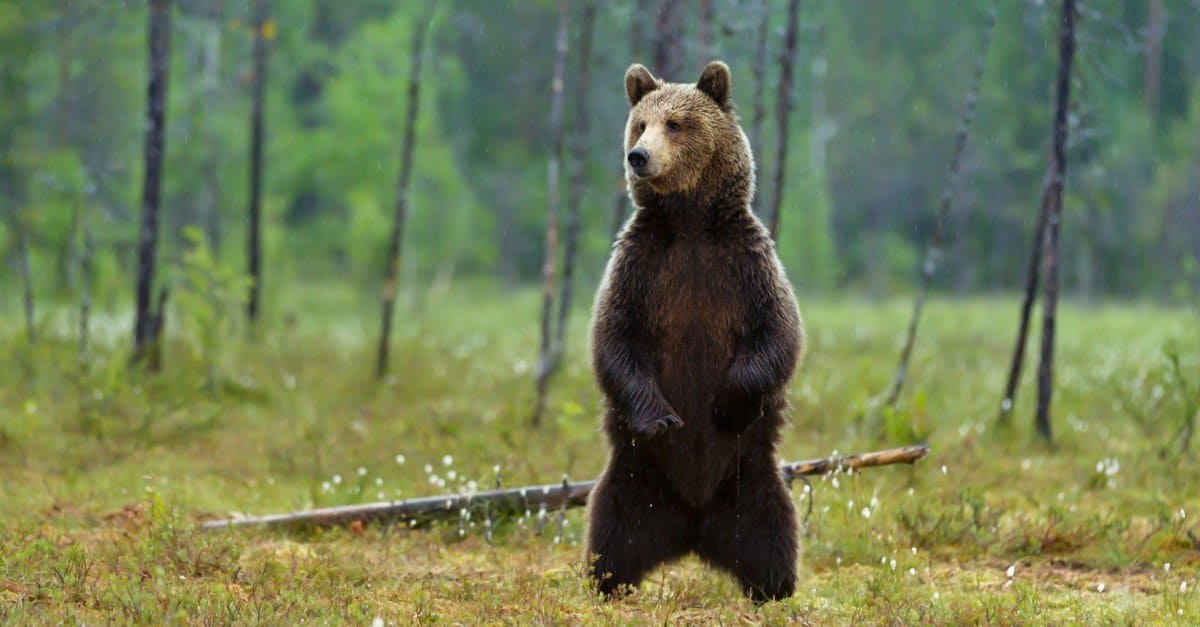
The Eurasian brown bear is the largest predator still living on the continent of Europe, so it can be dangerous.
©Giedriius/Shutterstock.com
Kazakhstan is home to some large carnivores, including bears, snow leopards, and lynxes. However, these animals don’t go into human settlements most of the time. It’s unlikely that the average person will encounter a dangerous situation in the wild either. Poisonous spiders like the black widow can be found in Kazakhstan as well as scorpions and some venomous snakes like vipers, gyurza and shitomornik. Snakes and spiders are more likely to be found in human areas. Desert monitors also live in Kazakhstan. They are usually shy around humans, but they have the potential to be dangerous if provoked.
Endangered
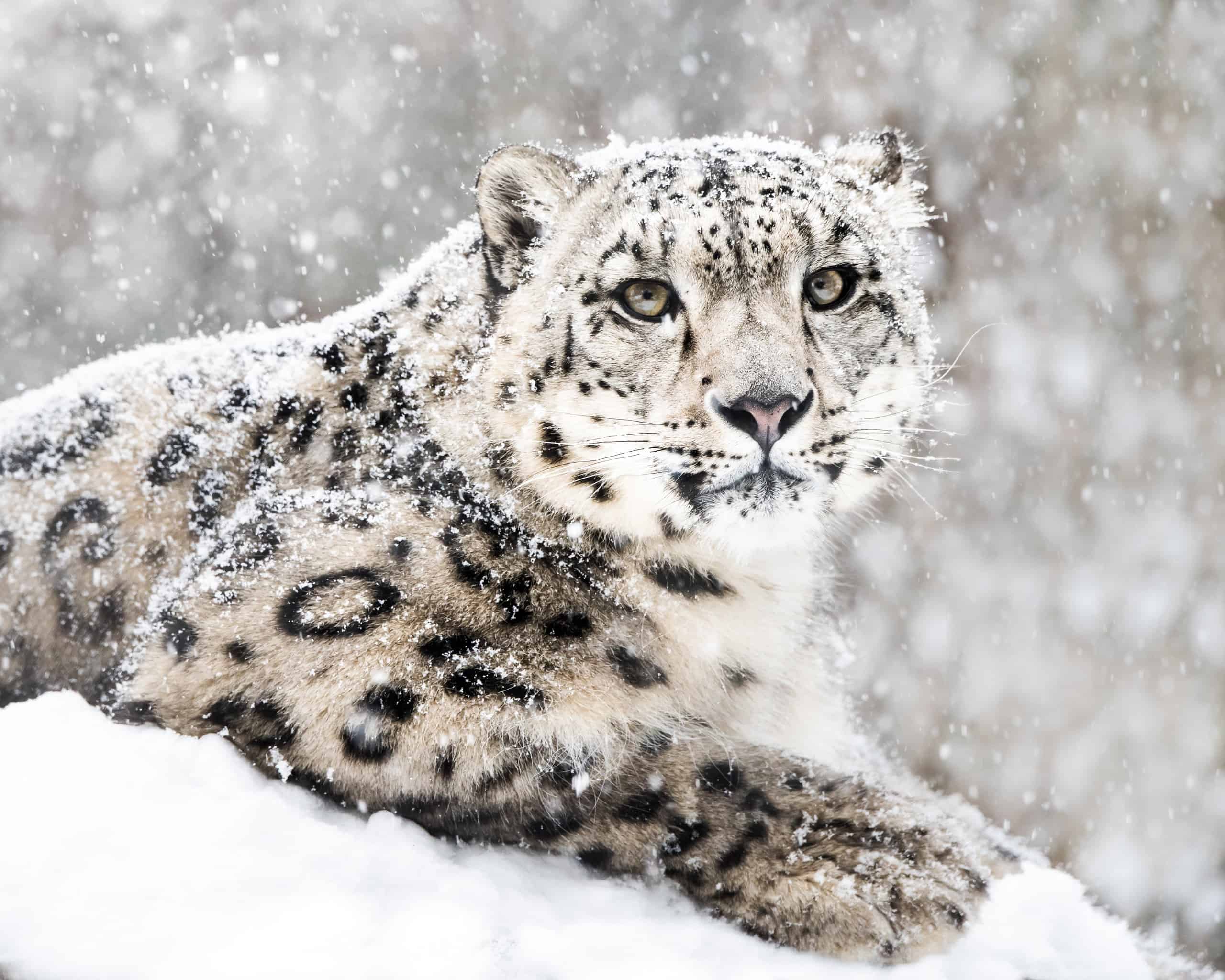
The endangered snow leopards is rarely seen.
©Abeselom Zerit/Shutterstock.com
There are several endangered animals in Kazakhstan that have lost numbers due to hunting and destruction of habitat. The ship sturgeon is the only extinct species to come from Kazakhstan so far.
Several species are also considered vulnerable, including the following:
- Asiatic wild ass – a type of donkey that may have become extinct in Kazakhstan.
- Dhole – also called the Asiatic Wild Dog, tien Shan Dholes once roamed half the world but today are down to fewer than 2,500 adults
- Eurasian otter – a large mammal, generally solitary but territorial with a range all over Eurasian
- Steppe pika – small, short-legged, egg-shaped mammal that lives in burrows.
- Argali – the largest living wild sheep that roams the highlands of western East Asia
- Pond bat – a long-distance migrant and member of the vesper (evening) bat family
Rarest

As pups, the Caspian seal is white, but it is gray in adulthood.
©iStock.com/flyingrussian
The Caspian seal is the only marine mammal found in the Caspian Sea, which borders Kazakhstan, and it is found no where else. It is one of the smallest members of the earless seal family. Many human actions and ecological changes have reduced its population by about 90%, so urgent conservation measures are needed. The Caspian Seal is a key component of the Caspian ecosystem and is considered an indicator of the health of the sea.
In addition, there are several other different species of rare wildlife in Kazakhstan, including the long-needle hedgehog, Iranian cheetah, Eurasian lynx, desert cat, slim-goitered gazelles, sand grouse, Przewalski’s horse, Caspain Sea wolf (also called the steppe wolf) and the Siberian ibex.
Flag

The flag of Kazakhstan is a vibrant blue shade ith a yellow sun and eagle in the center.
©iStock.com/imagoGY
The flag of Kazakhstan has a sky blue field and the sun’s image taking up the center position with a steppe eagle soaring beneath it. Along the flagstaff is a vertical band that features the national ornamental patterns.
Kazakh Animals

Admiral Butterfly
Stunningly beautiful wings
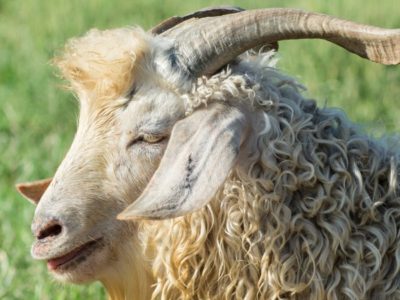
Angora Goat
Each adult Angora goat produces about 12 inches of mohair annually while kids have about 8 inches.

Ant
First evolved 100 million years ago!
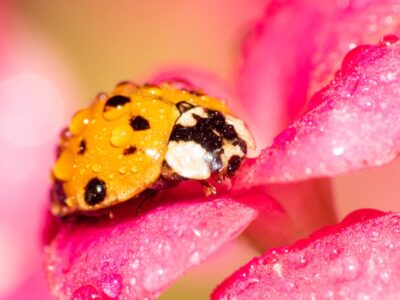
Asian Lady Beetle
Asian lady beetles infest indoor spaces, but they do not reproduce indoors.

Avocet
Has a curved, upturned beak!

Barb
There are over 1768 known species!

Barn Owl
Found everywhere around the world!

Barn Swallow
Older offspring help care for new hatchlings.

Bat
Detects prey using echolocation!

Bear
There are 8 different species!

Bed Bugs
Bed bugs feed for 4-12 minutes.

Bee
Rock paintings of bees date back 15,000 years

Beetle
There are more than 350,000 different species

Beewolf wasp
They hunt bees

Bird
Not all birds are able to fly!

Biscuit Beetle
The biscuit beetle form a symbiotic relationship with yeast

Black Widow Spider
They typically prey on insects!

Brazilian Treehopper
“Mild-Mannered Minimonsters”

Brown Bear
A dominant predator in it's environment!

Brown Dog Tick
Can live its entire life indoors

Bumblebee
The most common species of bee!

Butterfly
There are thought to be up 17,500 species!
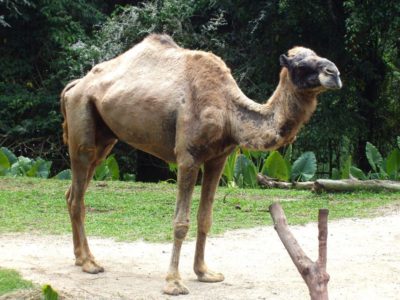
Camel
Can survive without water for 10 months!

Camel Cricket
The camel crickets that are found in the USA are light brown in color. They also have dark streaks all over their body.

Carpenter Ant
Carpenter ants can lift up to seven times their own weight with their teeth!

Cat
May have been domesticated up to 10,000 years ago.

Caterpillar
The larvae of a moth or butterfly!

Catfish
There are nearly 3,000 different species!

Centipede
There are about 3,000 documented species!

Chicken
First domesticated more than 10,000 years ago!
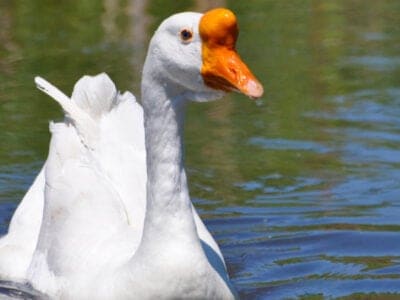
Chinese Geese
They are excellent “guard geese”
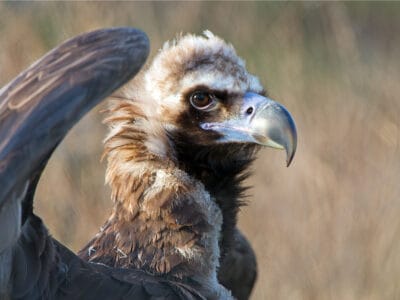
Cinereous Vulture
This vulture can fly at great heights. At least one was found a few thousand feet from the top of Mount Everest.

Cockroach
Dated to be around 300 million years old!

Codling Moth
Pupae are able to undergo diapause to survive poor fruit yield years and winter.

Common Buzzard
The most common raptor in the UK!

Common Furniture Beetle
The common furniture beetle feeds exclusively on wood

Common House Spider
House spiders have the ability to eat most insects in a home.

Common Raven
A group of ravens is called an unkindness or a conspiracy.

Cormorant
They can fly 35 mph and dive 150 feet below water.

Cow
There are nearly 1.5 billion worldwide!

Crab
There are 93 different crab groups

Crab Spider
Crab Spiders can mimic ants or bird droppings

Crane
Many are critically endangered species!

Crow
A group of these birds is called a Murder.
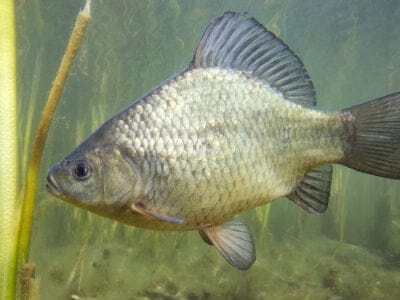
Crucian Carp
Can survive drought by burying itself in mud.

Deer
There are around 40 different species!

Dog
First domesticated in South-East Asia!

Dog Tick
Dog ticks feed on dogs and other mammals

Donkey
First domesticated 5,000 years ago!

Dragonfly
It's larvae are carnivorous!

Dried Fruit Moth
In the event of adverse environmental conditions, dried fruit moth larvae will become dormant and stop developing.

Duck
Rows of tiny plates line their teeth!

Dung Beetle
The dung beetle can push objects many times its own weight

Eagle
Has exceptional eyesight!

Earthworm
They are hermaphrodites, which means they have male and female organs

Earwig
There are nearly 2,000 different species!

Eel
Eels can be a mere few inches long to 13 feet!
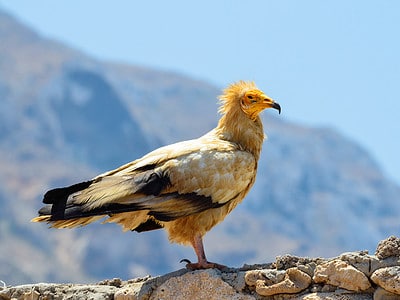
Egyptian Vulture
They steal large ostrich eggs and use rocks and pebbles to crack the shells.
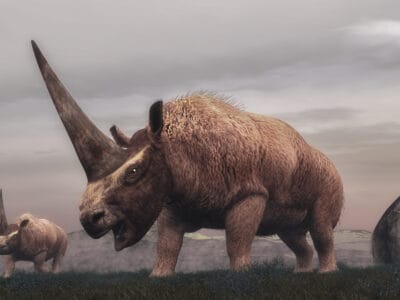
Elasmotherium
Elasmotherium might have had a monstrous horn, giving it the name "The Siberian Unicorn."

Ermine
A very bold and ferocious predator!
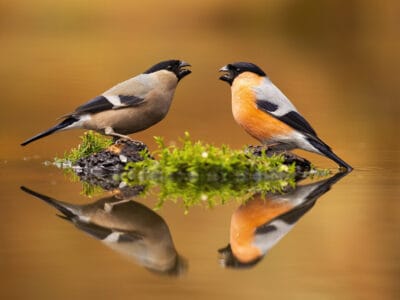
Eurasian Bullfinch
The shy eurasian bullfinch prefers to forage very close to cover.

Eurasian Eagle-owl
The Eurasian Eagle-owl is the second largest owl in the world with a wingspan up to six feet!
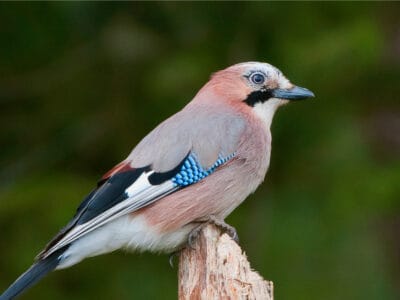
Eurasian Jay
The Eurasian jay has the ability to mimic other sounds
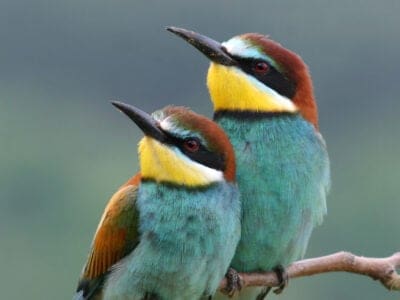
European Bee-Eater
They can eat up to 250 bees per day!
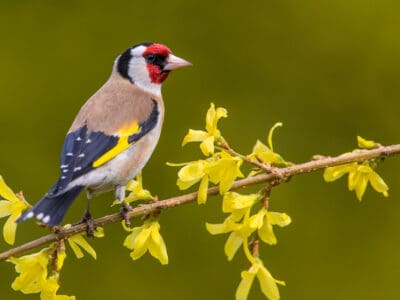
European Goldfinch
They are frequent visitors to backyard feeders, especially those containing niger seeds.

European Robin
Male robins are so aggressive and territorial that they will attack their own reflections.

Falcon
The fastest creatures on the planet!

False Widow Spider
False spiders actually prey on black widow spiders and other hazardous spiders

Firefly
The firefly produces some of the most efficient light in the world
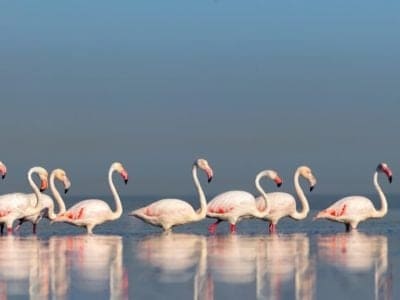
Flamingo
Sleeps on just one leg!

Flea
Adult fleas can jump up to 7 inches in the air

Fly
There are more than 240,000 different species!

Flying Squirrel
Can glide up to 90 meters!

Fox
Only 12 species are considered "true foxes"

Frog
There are around 7,000 different species!

Fruit Fly
Fruit flies are among the most common research animals in the world
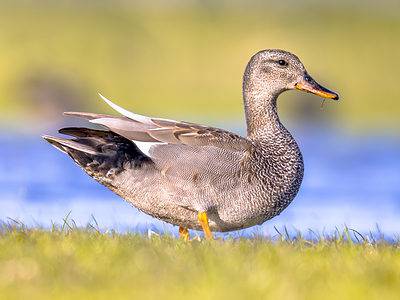
Gadwall
They make many sounds when trying to attract a mate.

Gecko
There are thought to be over 2,000 species!

Gerbil
Originally known as the Desert Rat!

German Cockroach
The most common type of urban roach

Gigantopithecus
Some cryptozoologists think that Gigantopithecus survives to this day as "The Bigfoot."

Glass Lizard
Can grow up to 4ft long!

Glowworm
Found inhabiting dense woodland and caves!

Gnat
Males form large mating swarms at dusk

Goat
Most closely related to the Sheep!

Goldcrest
The goldcrest never starts moving and needs to consume for most of the day to survive. Therefore, in the colder months, it's best that eat 90% a day.

Golden Eagle
Their calls sound like high-pitched screams, but they are quiet most of the time.

Golden Oriole
Migrates between Europe and Asia!

Goose
There are 29 different species!

Grasshopper
There are 11,000 known species!

Green Bee-Eater
Mainly eats honeybees!
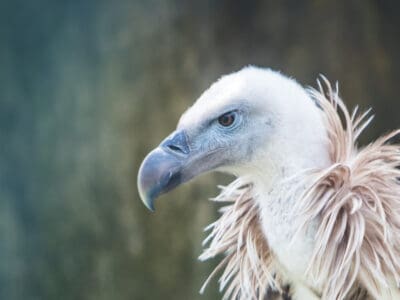
Griffon Vulture
Can spot a dead animal from thousands of feet away

Gypsy Moth
One of the most invasive species in the world

Hamster
Able to run as quickly backwards as forwards!

Hare
Can reach speeds of over 50 mph!

Hawk Moth Caterpillar
Many hawk moth caterpillars eat toxins from plants, but don’t sequester them the way milkweed butterflies do. Most toxins are excreted.

Hedgehog
Thought to be one of the oldest mammals on Earth!

Heron
Inhabits wetlands around the world!

Honey Bee
There are only 8 recognized species!

Horse
Has evolved over 50 million years!

Horsefly
Horseflies have been seen performing Immelmann turns, much like fighter jets.

Housefly
The fly has no teeth

Human
Thought to have orignated 200,000 years ago!

Huntsman Spider
Some huntsman spiders have an interesting way of moving around. Some cartwheel while others do handsprings or backflips.

Ibis
Found in swamps, marshes and wetlands!

Insects
There are an estimated 30 million species!

Jackdaw
The jackdaw tends to mate for life with a single partner
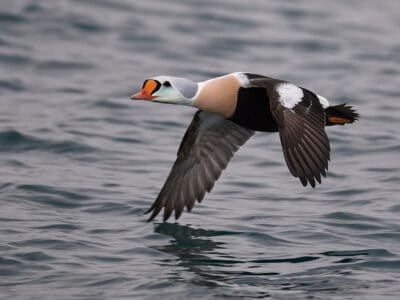
King Eider
The species name, spectabilis, is Latin for “showy” or “remarkable,” referencing the attractiveness of the adult male’s plumage.

Kingfisher
Inhabits wetlands and woodlands worldwide!

Ladybug
There are more than 5,000 species worldwide!

Leech
Has 10 pairs of eyes!

Liger
The offspring of a lion and tiger parents!

Linnet
While linnets are monogamous during mating season, they do not mate for life. While breeding pairs are together, the males are highly territorial and will defend the nesting site and the surrounding area.

Lizard
There are around 5,000 different species!

Locust
Each locust can eat its weight in plants each day.

Long-Eared Owl
Ear tufts make it look bigger!
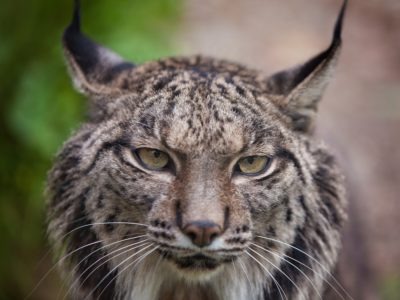
Lynx
Live in dens in rocks and under ledges!

Magpie
They are found across Europe, Asia and Africa!
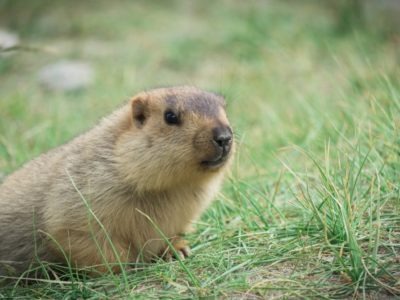
Marmot
A marmot spends 80% of its life below ground

Mayfly
There are 2,500 known species worldwide!

Mealybug
They have a symbiotic relationship with ants.

Millipede
Some species have a poisonous bite!

Mole
Primarily hunts and feeds on Earthworms!

Mongrel
Has characteristics of two or more breeds!

Moorhen
Feeds on aquatic insects and water-spiders!

Mosquito
Only the female mosquito actually sucks blood

Moth
There are 250,000 different species!

Mouse
Found on every continent on Earth!

Mule
The offspring of a horse and donkey parents!
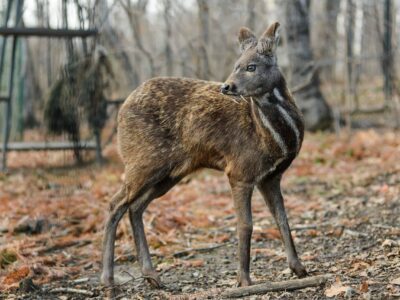
Musk Deer
The glands of a musk deer can sell for up to $45,000 on the black market.
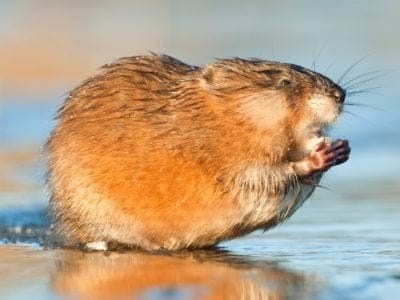
Muskrat
The muskrat can stay underwater up to 17 minutes at a time

Neanderthal
Roamed Asia and Europe for around 100,000 years!

Nematode
Nematodes range in size from 1/10 of an inch to 28 feet long

Newt
Able to regrow lost or damaged limbs!

Nightingale
Named more than 1,000 years ago!

No See Ums
There are more than 5,000 species.

Northern Pintail
Northern pintails migrate at night with speeds reaching 48 miles per hour!

Onager
An onager's coat changes color with the season.

Orb Weaver
Females are about four times the size of males

Ortolan Bunting
The tradition of hiding your face with a napkin or towel while eating this bird was begun by a priest who was a friend of the great French gastronome Jean Anthelme Brillat-Savarin.

Otter
There are 13 different species worldwide

Owl
The owl can rotate its head some 270 degrees

Parrot
Can live for up to 100 years!
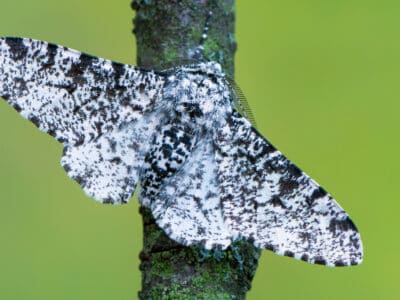
Peppered Moth
Teachers in schools often use the evolution of the peppered moth as a good example of Darwin’s theory of natural selection.
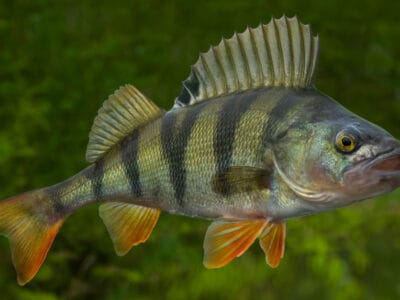
Perch Fish
Some of the most delicious gamefish in the world

Peregrine Falcon
Fastest animal on Earth

Pheasant
Females lay between 8 and 12 eggs per clutch!

Pig
Thought to have been domesticated in 9,000 BC!

Pigeon
They can find their way back to their nests from up to 1300 miles away.

Pond Skater
There are 500 different species!

Porcupine
There are 30 different species worldwide!
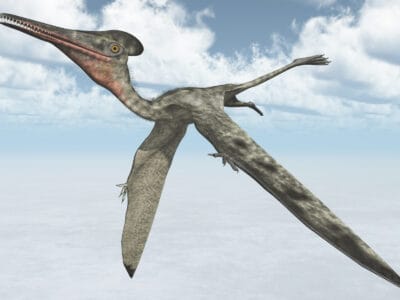
Pterodactyl
Pterodactyl is not technically a dinosaur. Although they lived during the same time as dinosaurs, they are classified as winged reptiles.
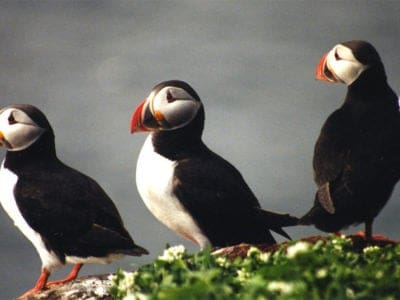
Puffin
Can remain in the water for up to 2 minutes!

Purple Emperor Butterfly
Inhabits deciduous forests!

Quail
Inhabits woodland and forest areas worldwide!

Rabbit
There are more than 300 different species!
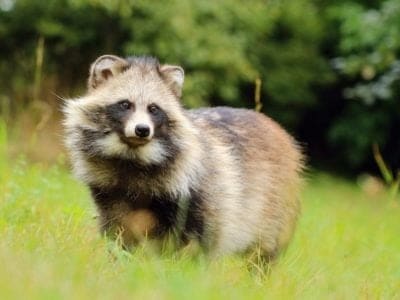
Raccoon Dog
The only hibernating canine!

Rat
Omnivores that eat anything!

Rat Snakes
Rat snakes are constrictors from the Colubridae family of snakes.

Red Deer
A male red deer shows his age in his antlers, which become longer and more branched every year.
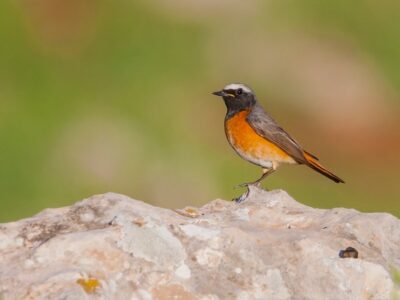
Redstart
They build their nests off the ground in tree holes, cavities, stone walls, and roofs

Reindeer
Also known as the Caribou

River Turtle
Inhabits freshwater habitats around the world!

Robin
There are more than 45 species in Australia alone!

Rodents
The capybara, the world’s largest rodent, likes to be in and around bodies of water. Because of this, the Catholic Church in South America decided that it was a fish, and people were allowed to eat it during Lent and First Fridays.

Rooster
Will mate with the entire flock!
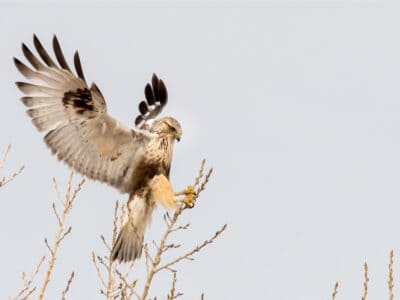
Rough-Legged Hawk (Rough-Legged Buzzard)
Its scientific name, lagopus, is Ancient Greek for “hare” and “foot,” referring to its feathered feet and toes.
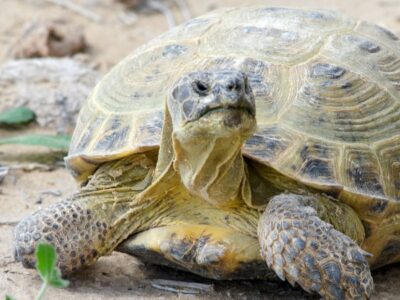
Russian Tortoise
Known by at least five different names

Sable Ferret
Ferrets were used during the Revolutionary War to keep down the rat population.

Salamander
There are more than 700 different species!

Sand Cat
They can survive for weeks without drinking water because the get moisture from their prey.

Sand Crab
The sand crab burrows beneath the sand with its tail
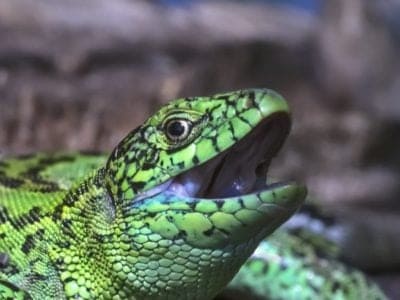
Sand Lizard
Males turn green in spring!

Scorpion
There are around 2,000 known species!

Sea Eagle
The sea eagle tends to mate for life with a single partner

Seahorse
Males give birth to up to 1,000 offspring!

Sheep
Around 35 million in the English countryside!

Short-Eared Owl
The short-eared owl is one of the most widespread owl species in the world, covering five continents.

Shrew
The spinal column of the shrew Scutisorex somereni is so strong and reinforced that it can support the weight of an adult human.

Shrimp
There are 2,000 different species worldwide!

Siberian Ibex
There’s a population of Siberian ibex in New Mexico

Skink Lizard
Some skinks lay eggs in some habitats while giving birth to skinklets in other habitats.

Slow Worm
Found widely throughout British gardens!

Slug
They glide around on one foot, which is aided by the slime they produce

Smokybrown Cockroach
Has up to 45 eggs per egg case

Snail
There are nearly 1,000 different species!

Snake
There are around 4,000 known species worldwide

Snowy Owl
One of the largest owl species in the world!

Sparrow
There are 140 different species!

Spider Wasp
They prey on spiders to feed their larvae or they parasitize other spider wasps.

Squirrel
Small rodents found in woodlands worldwide!

Stick Insect
There are more than 3,000 different species!

Stoat
Average adults weigh about 200 grams!

Stork
They can’t sing like other birds.

Swan
Populations have been affected by pollution!
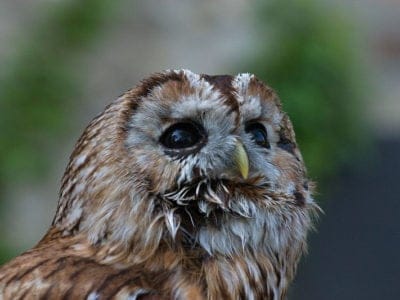
Tawny Owl
The most widespread owl in Europe!

Termite
Their mounds can be up to 9 meters tall!

Thrush
The American robin is called the robin because its red breast reminded European settlers of the robin back in the old country.

Tick
They inject hosts with a chemical that stops them from feeling the pain of the bite

Tiger Beetle
The adult tiger beetle is one of the fastest land insects in the world
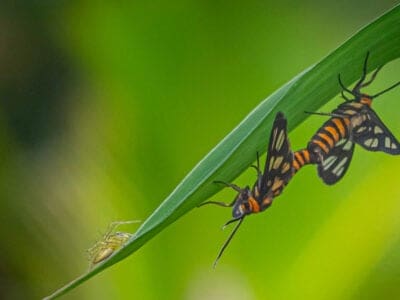
Tiger Moth
The bright colors of this moth are a signal to predators that it has a terrible taste.

Tortoise
Can live until they are more than 150 years old!

Tree Frog
Found in warmer jungles and forests!

Turtles
Some species of aquatic turtles can get up to 70 percent of their oxygen through their butt.
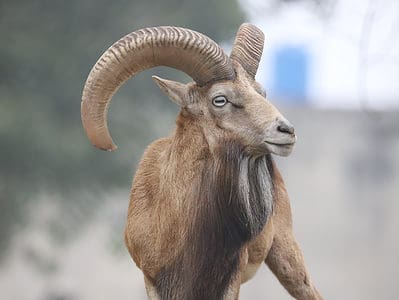
Urial
Urials are the ancestors of modern-day domesticated sheep.

Vinegaroon
Vinegaroons can spray 19 times before the glands are depleted

Viper
Vipers are one of the most widespread groups of snakes and inhabit most

Vulture
There are 30 different species worldwide!

Wasp
There are around 75,000 recognised species!

Water Buffalo
Has been domesticated for thousands of years!

Weasel
The smallest carnivorous mammal in the world!

White Ferret / Albino Ferrets
There are two different types of white ferrets!

White Tiger
None have been seen in the wild for 50 years!
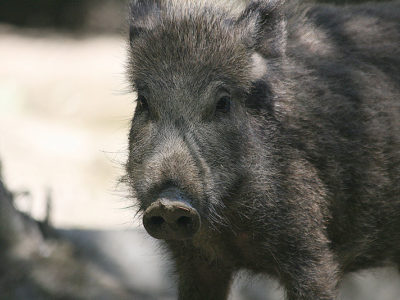
Wild Boar
Males have a top tusk to sharpen the bottom one!

Wolf
Thought to date back more than 300,000 years!

Wolf Spider
Carnivorous arachnid that hunts its prey.

Woodlouse
This animal can roll up into a ball

Woodlouse Spider
Unlike most spiders, woodlouse spiders don’t build a web.

Woodpecker
There are 200 different species!
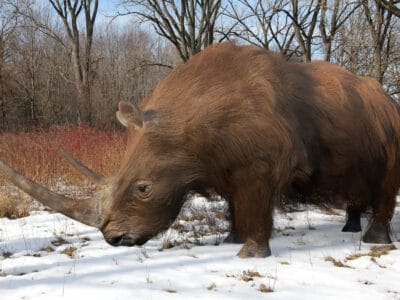
Woolly Rhinoceros
The woolly rhinoceros roamed the earth between three and a half million and 14,000 years ago.

Worm
Doesn’t have eyes.

Wryneck
They feign death by making their bodies limp and closing their eyes.
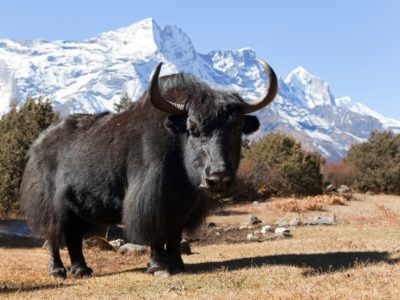
Yak
Yaks can live at altitudes up to 20,000 feet--the highest of any land-dwelling mammal.

Yellowhammer
It interbreeds with the pine bunting
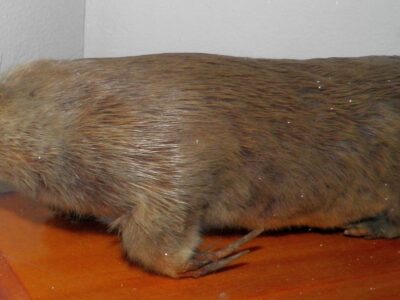
Zokor
Zokors are expert diggers. They burrow tunnels hundreds of feet long!
Kazakh Animals List
- Admiral Butterfly
- Angora Goat
- Ant
- Asian Lady Beetle
- Avocet
- Barb
- Barn Owl
- Barn Swallow
- Bat
- Bear
- Bed Bugs
- Bee
- Beetle
- Beewolf wasp
- Beluga Sturgeon
- Bird
- Biscuit Beetle
- Black Widow Spider
- Brazilian Treehopper
- Brown Bear
- Brown Dog Tick
- Bumblebee
- Butterfly
- Camel
- Camel Cricket
- Carpenter Ant
- Cat
- Caterpillar
- Catfish
- Centipede
- Chicken
- Chinese Geese
- Cinereous Vulture
- Cockroach
- Codling Moth
- Common Buzzard
- Common Furniture Beetle
- Common House Spider
- Common Raven
- Cormorant
- Cow
- Crab
- Crab Spider
- Crane
- Crow
- Crucian Carp
- Cuckoo
- Deer
- Dog
- Dog Tick
- Donkey
- Dormouse
- Dragonfly
- Dried Fruit Moth
- Duck
- Dung Beetle
- Eagle
- Earthworm
- Earwig
- Eel
- Egyptian Vulture
- Elasmotherium
- Ermine
- Eurasian Bullfinch
- Eurasian Eagle-owl
- Eurasian Jay
- European Bee-Eater
- European Goldfinch
- European Robin
- Falcon
- False Widow Spider
- Firefly
- Flamingo
- Flea
- Fly
- Flying Squirrel
- Fox
- Frog
- Fruit Fly
- Gadwall
- Gecko
- Gerbil
- German Cockroach
- Gigantopithecus
- Glass Lizard
- Glowworm
- Gnat
- Goat
- Goldcrest
- Golden Eagle
- Golden Oriole
- Goose
- Grasshopper
- Green Bee-Eater
- Griffon Vulture
- Gypsy Moth
- Hamster
- Hare
- Hawk Moth Caterpillar
- Hedgehog
- Heron
- Honey Bee
- Horse
- Horsefly
- Housefly
- Human
- Huntsman Spider
- Ibis
- Insects
- Jackdaw
- King Eider
- Kingfisher
- Ladybug
- Leech
- Liger
- Linnet
- Lizard
- Locust
- Long-Eared Owl
- Lynx
- Magpie
- Marmot
- Mayfly
- Mealybug
- Millipede
- Mole
- Mongrel
- Moorhen
- Mosquito
- Moth
- Mouse
- Mule
- Musk Deer
- Muskrat
- Neanderthal
- Nematode
- Newt
- Nightingale
- No See Ums
- Northern Pintail
- Onager
- Orb Weaver
- Ortolan Bunting
- Otter
- Owl
- Parrot
- Peppered Moth
- Perch Fish
- Peregrine Falcon
- Pheasant
- Pig
- Pigeon
- Pond Skater
- Porcupine
- Pterodactyl
- Puffin
- Purple Emperor Butterfly
- Quail
- Rabbit
- Raccoon Dog
- Rat
- Rat Snakes
- Red Deer
- Redstart
- Reindeer
- River Turtle
- Robin
- Rodents
- Rooster
- Rough-Legged Hawk (Rough-Legged Buzzard)
- Russian Tortoise
- Sable Ferret
- Salamander
- Sand Cat
- Sand Crab
- Sand Lizard
- Scorpion
- Sea Eagle
- Seahorse
- Sheep
- Short-Eared Owl
- Shrew
- Shrimp
- Siberian Ibex
- Skink Lizard
- Slow Worm
- Slug
- Smokybrown Cockroach
- Snail
- Snake
- Snowy Owl
- Sparrow
- Spider Wasp
- Squirrel
- Stick Insect
- Stoat
- Stork
- Swallowtail Butterfly
- Swan
- Tawny Owl
- Termite
- Thrush
- Tick
- Tiger Beetle
- Tiger Moth
- Tortoise
- Tree Frog
- Turtles
- Urial
- Vinegaroon
- Viper
- Vulture
- Wasp
- Water Buffalo
- Weasel
- White Ferret / Albino Ferrets
- White Tiger
- Wild Boar
- Wolf
- Wolf Spider
- Woodlouse
- Woodlouse Spider
- Woodpecker
- Woolly Rhinoceros
- Worm
- Wryneck
- Yak
- Yellowhammer
- Zokor
Animals in Kazakhstan FAQs (Frequently Asked Questions)
What animals are in Kazakhstan?
Kazakhstan has a wide variety of wildlife, including mammals, birds, and fish. Some well-known animals in the country include the Saiga antelope, snow leopard, golden eagle, and Corsac fox.
What is the national animal of Kazakhstan?
The national animal of Kazakhstan is the golden eagle.
What animals and birds live in the wild in Kazakhstan?
Wild animals that live in Kazakhstan include birds of prey like the golden eagle, steppe eagle, and great bustard. Some of the mammals in Kazakhstan include the gray wolf, Saiga antelope, snow leopard, urial, and goitered gazelle.
Are there bears in Kazakhstan?
The Eurasian brown bear has some small populations in Kazakhstan.







